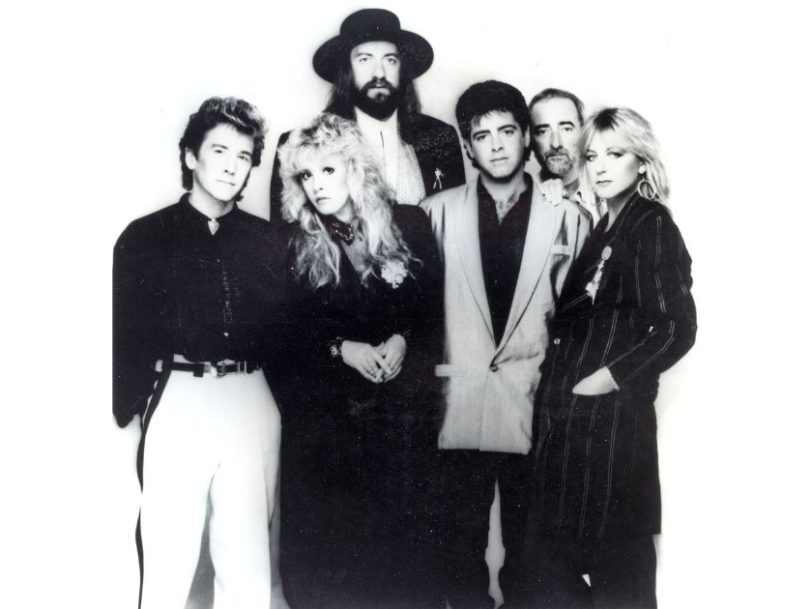Rhiannon, the classic Stevie Nicks-penned song, was the third single to be taken from Fleetwood Mac’s self-titled 1975 album – a record that marked a new dawn for the mega-successful rock band. It also became one of Nicks’ signature tunes, helped along by the singer’s intense and theatrical live performances, in which she seemingly became possessed while singing the song. But Rhiannon may never have been written were it not for Nicks chancing upon an obscure book in 1972. This is the story of how Rhiannon became one of Fleetwood Mac’s spellbinding classics.
Listen to the best of Fleetwood Mac here.
Stevie Nicks could be forgiven for thinking fortune was smiling on her in the early 70s. A chance meeting with Fleetwood Mac’s drummer, Mick Fleetwood, at a recording studio led to her and her then boyfriend, Lindsey Buckingham, joining the band at a time when the two singer-songwriters were struggling and directionless. The pair had released an album, Buckingham Nicks, in 1973, but it had made little impact, and their dreams of stardom appeared to be on the wane. Once they became part of Fleetwood Mac, however, things changed – the couple brought Los Angeles’ FM-radio sheen to the band’s sound, and they had the right material to help make the group one of the biggest bands in the world.
What book inspired Rhiannon?
Rhiannon was inspired by Triad: A Novel Of The Supernatural, a 1972 novel by Mary Bartlet Leader. Stevie Nicks has variously said that the book was an impulse buy at an airport, or that she came across it at a friend’s house. Either way, the novel made an impression, and Nicks based a whole new song around one of its central characters.
“I got the name out of a book that I read not the last Halloween but the Halloween before that – which was about two months before we joined Fleetwood Mac,” Nicks told DJ James Ladd during a 1976 radio interview. “And it was just about a lady who lived in Wales that had two personalities. One was called Branwen and this other personality that came in and took over was Rhiannon.”




